After ranking 29th in the league in reliever ERA in 2023, Royals GM JJ Picollo made significant moves through free agency and trades to improve the bullpen’s outlook in 2024.
In free agency, the Royals acquired Will Smith and Chris Stratton, who played for the World Series champion Texas Rangers a season ago. Furthermore, Picollo also acquired Nick Anderson from the Braves and John Schreiber from the Red Sox in respective trades.
With more veterans in the bullpen, the Royals will likely improve upon their lackluster ranking from a year ago.
The hope is that with these moves, manager Matt Quatraro will have more options in the late innings and more depth to help the Royals close out wins. That was a challenge in 2023, as evidenced by their 56-106 record.
Undoubtedly, the Royals’ bullpen’s talent floor has been raised this offseason. That said, while it’s easy to concentrate on the veterans and their potential impact on the Royals bullpen this season, the Royals still return one reliever from a year ago who should still be heavily relied on.
Even though he doesn’t have the credentials or track record of some of the new Royals relievers, James McArthur may end up being the Royals closer not just for 2024 but beyond as well.
McArthur’s Strong Finish to 2023
McArthur was acquired last May in a minor trade with Philadelphia that sent rookie league outfielder Junior Marin to the Phillies. To make room on the 40-man roster for McArthur, the Royals designated Franmil Reyes for assignment.
At the time, it was hard to determine if the Royals would develop McArthur as a starter or reliever.
In 2022, McArthur made 13 starts and pitched 57 innings in Double-A with the Reading Fightin Phils. While he did post impressive strikeout numbers (25% K%; 15% K-BB%), he posted a 5.05 ERA and 4.99 FIP in Reading, and it seemed to make more sense for the Royals to move him to a relief role in 2023.
Unfortunately for McArthur, his stint in the Majors last year with the Royals didn’t start well.
In his MLB debut on June 28th, McArthur pitched an inning against the Cleveland Guardians at Kauffman Stadium, giving up seven runs on six hits and a walk. (I was actually in attendance for the brutal outing.) His performance was so bad that he was immediately demoted after the outing.
When he returned in August after the Trade Deadline, he was a bit better, but the numbers were still not impressive. He posted a 7.50 ERA and 1.67 WHIP in five outings and six innings pitched. He also struck out four batters and only allowed one walk, but he did allow nine hits, which showed his command was still a work in progress.
In September and October, though, the former Ole Miss product pitched like an elite closer.
In 12 outings and 16.1 IP, McArthur didn’t allow a single run, only allowed five hits, and struck out 19 while walking none.
Royals fans read that right. In two months, McArthur didn’t walk a single batter. He also saved four games during that timespan, which included saves against teams like the Astros and the Yankees.
While the Royals were hoping Carlos Hernandez or Taylor Clarke could’ve ascended into the closer role after the Deadline trade of Scott Barlow to the Padres, McArthur ended the season as the Royals’ best internal closer candidate.
Introduction of the Slider and How It Fits With His Mix
According to a piece by Royals beat writer Anne Rogers of MLB.com, introducing a slider was key to McArthur’s turnaround. He didn’t use it while in the Phillies organization.
McArthur said it wasn’t one thing that just “clicked” for him beginning late last season. But he did pinpoint a particular pitch that has been a real weapon since then. It was an offering that he brought back into his arsenal upon being traded to the Royals from the Phillies, and that decision has paid major dividends.
“Right when I came over from the Phillies, they wanted me to start throwing the slider again,” McArthur said. “And I’m glad they did, because it’s helped me a lot and has kind of protected my curveball. … So them helping me with that, I think, was a big part of me turning it around at the end of the year.”
“‘Change in the culture’: McArthur thriving in overhauled ‘pen” by Anne Rogers; MLB.com
McArthur primarily relied on his curveball in 2023. He threw the pitch 38.7% of the time, the highest usage of any of the pitches in his arsenal. The high usage of the curve made sense, especially considering its effectiveness (35.3% whiff rate) and the pitch’s strong characteristics, according to PLV data.

The curveball is rated as an above-median offering regarding velocity, release extension, adjusted vertical approach angle, and PLV. It also ranked close to the median in induced vertical break and xZone%. Thus, his curve ranking above or close to the median in six of seven categories shows how effective the pitch was last year on a quality end.
That said, the slider, which he threw 24.3% of the time last year, also is a pitch that shouldn’t be slept on, based on Rogers’ piece and the slider’s characteristics, which can be seen in the chart below.

McArthur’s slider lagged behind his curve regarding induced vertical break and adjusted vertical approach angle. On the flip side, the slider was a much better pitch regarding arm-side break and xZone%. Those characteristics make it an ideal breaking offering to throw against right-handed hitters, and McArthur pretty much did that in 2023 (66 pitches against RHB compared to 17 against LHB).
McArthur utilized a sinker as his fastball offering last season. He threw the pitch 34.9% of the time, and while it only produced a modest swinging strike percentage of 2.5%, it did generate a called-strike percentage of 27.7%, which ranked in the 90th percentile in that category, according to Pitcher List. Furthermore, the sinker’s characteristics featured many above-median marks in many categories, much like the slider and curveball.

While the sinker doesn’t feature many “swing-and-miss” characteristics, it generated a groundball rate of 62.5% and, depending on the hitter, helped set up his slider and curve to be compelling “whiff” offerings.
Here’s an example of McArthur in the year’s final game: He set up the Yankees’ Anthony Volpe with a sinker on the outside edge of the strike zone and finished him off with an 83.1 MPH curve in the same area.
In terms of the sinker and slider, McArthur sequences it well against Davis Schneider of the Blue Jays in a September 9th outing in Toronto.
McArthur earns a generous strike on a slider that paints the outside edge of the zone. He follows it up with an arm-side breaking sinker that paints the zone and freezes Schneider, who’s looking for another slider in a two-strike count.
That kind of sequencing makes McArthur a dangerous pitcher for opposing hitters, as he can utilize the slider and curve in multiple scenarios. That makes it harder for hitters to sit on a particular breaking pitch, especially with a 4.2 average MPH difference between the curve and slider.
Another positive about McArthur’s pitch mix is that he will utilize a cutter more often in 2024. According to a piece by KC Star Royals beat writer Jaylon Thompson, he’s been working intently on this pitch in spring training.
…In addition to refining his slider, McArthur developed a cutter that became effective.
“I was trying to really refine it and bring it in as a weapon and something I can break out,” McArthur said of his cutter. “Besides that, I was trying to create some efficiency in my delivery and hoping it would turn into a little bit of (velocity).”
“How Royals pitcher James McArthur found a ‘sense of relief’ after tough MLB debut” by Jaylon Thompson; KC Star
Adding a fifth pitch, or perhaps substituting his four-seamer (which he only threw 1.8% of the time last year) with his cutter, could make McArthur a more effective reliever who could cement his spot in the late innings for the Royals in 2024.
How Does McArthur Compare to the Other Royals Relievers?
When comparing McArthur to other possible late-inning candidates on the Royals roster, I figured focusing on McArthur’s pitch quality and his strike-generating ability to the competition would be worthwhile.
Here’s a look at McArthur’s arsenal, rated by PLV and PLA from 2023.

As Royals fans can see, McArthur posted an elite overall PLV last year with a 5.41 mark.
Now, let’s examine the PLV metrics of Smith, Schreiber, Stratton, and Anderson, who will likely get innings in save or high-leverage opportunities.
Here’s a look at Anderson and Stratton.


And now, let’s glance at Smith and Schreiber.


On a PLV end, Stratton sports the second-best overall PLV of the group of five Royals relievers. However, he is still considerably behind McArthur in overall PLV and PLA, as are Smith, Schreiber, and Anderson.
For those that prefer Stuff+, Eno Sarris’ pitch quality metric, let’s look at how the five fare.

Once again, McArthur possesses the best overall pitch on a Stuff+ end (his curve) and the best overall Stuff+ at 114 (3 better than Schreiber; 5 better than Stratton).
Lastly, let’s examine the plate discipline numbers of the five relievers and how they fare in generating strikes (both of the swinging and called variety) and limiting contact.

Even though McArthur ranked 3rd in SwStr% (behind Anderson and Smith) and O-Swing% (behind the same guys), he ranked first in CSW% (33.1%).
According to these metrics, the only question mark with McArthur’s profile is that his Z-Contact% (contact in the strike zone) of 86.1% was the highest of the bunch. Lowering that mark could be why McArthur intends to add a cutter to his repertoire this spring.
McArthur doesn’t have the history or track record of the four other Royals relievers. However, in terms of his ability to generate strikes and outs, McArthur doesn’t take a back seat to any of them.
It will be interesting to see how Quatraro utilizes the closer role in Kansas City, especially in April and May. It wouldn’t be surprising to see McArthur and Smith split opportunities, especially with Smith closing as recently as last year in Texas.
That said, Royals fans shouldn’t be surprised if McArthur is the Royals’ primary 9th-inning guy come June or July.
Photo Credit: Denny Medley-USA TODAY Sports

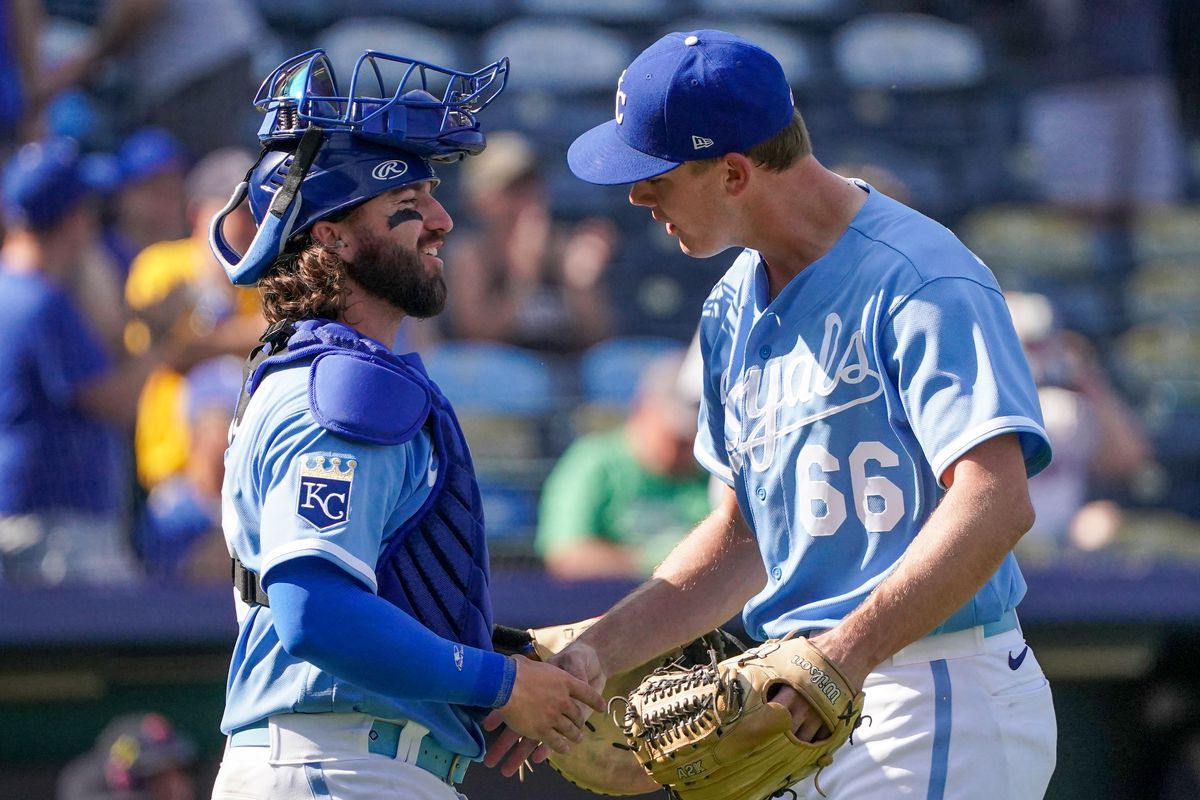

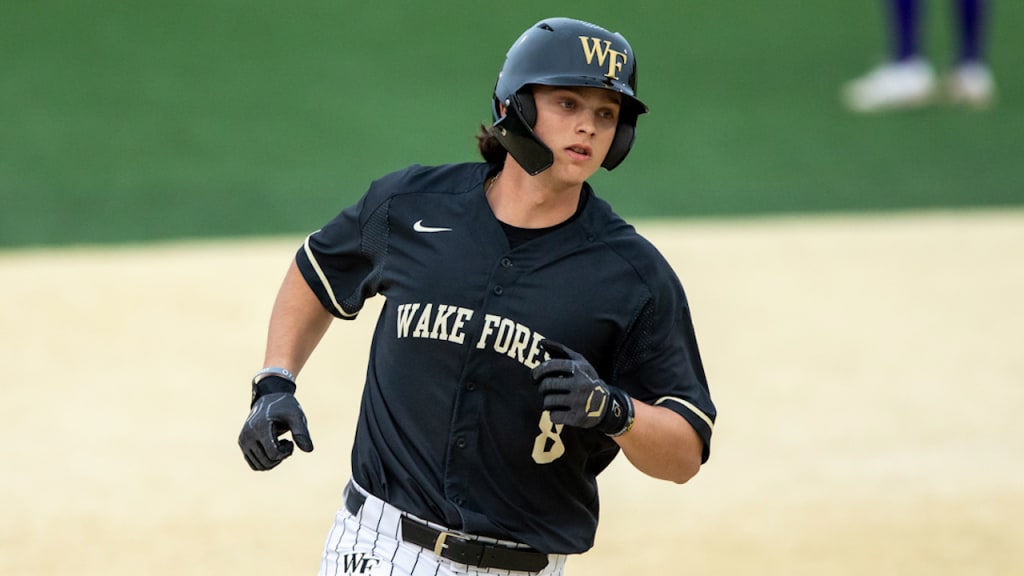
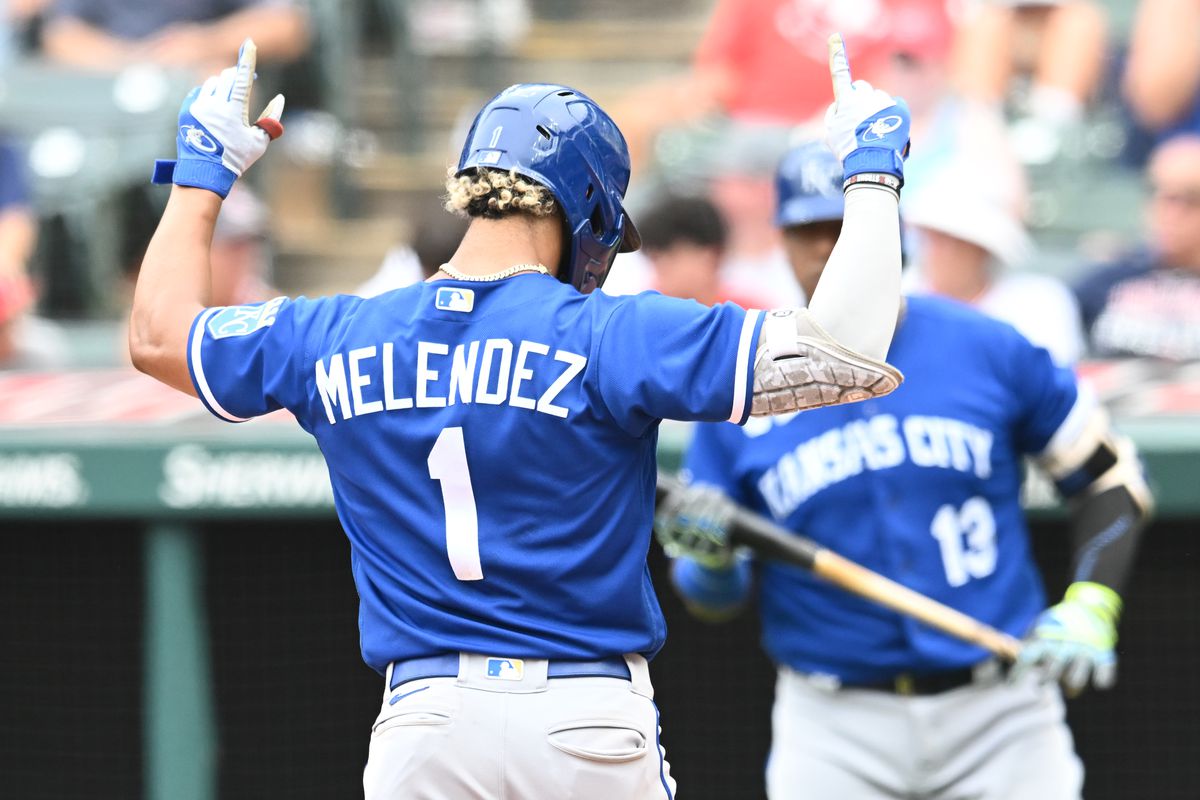

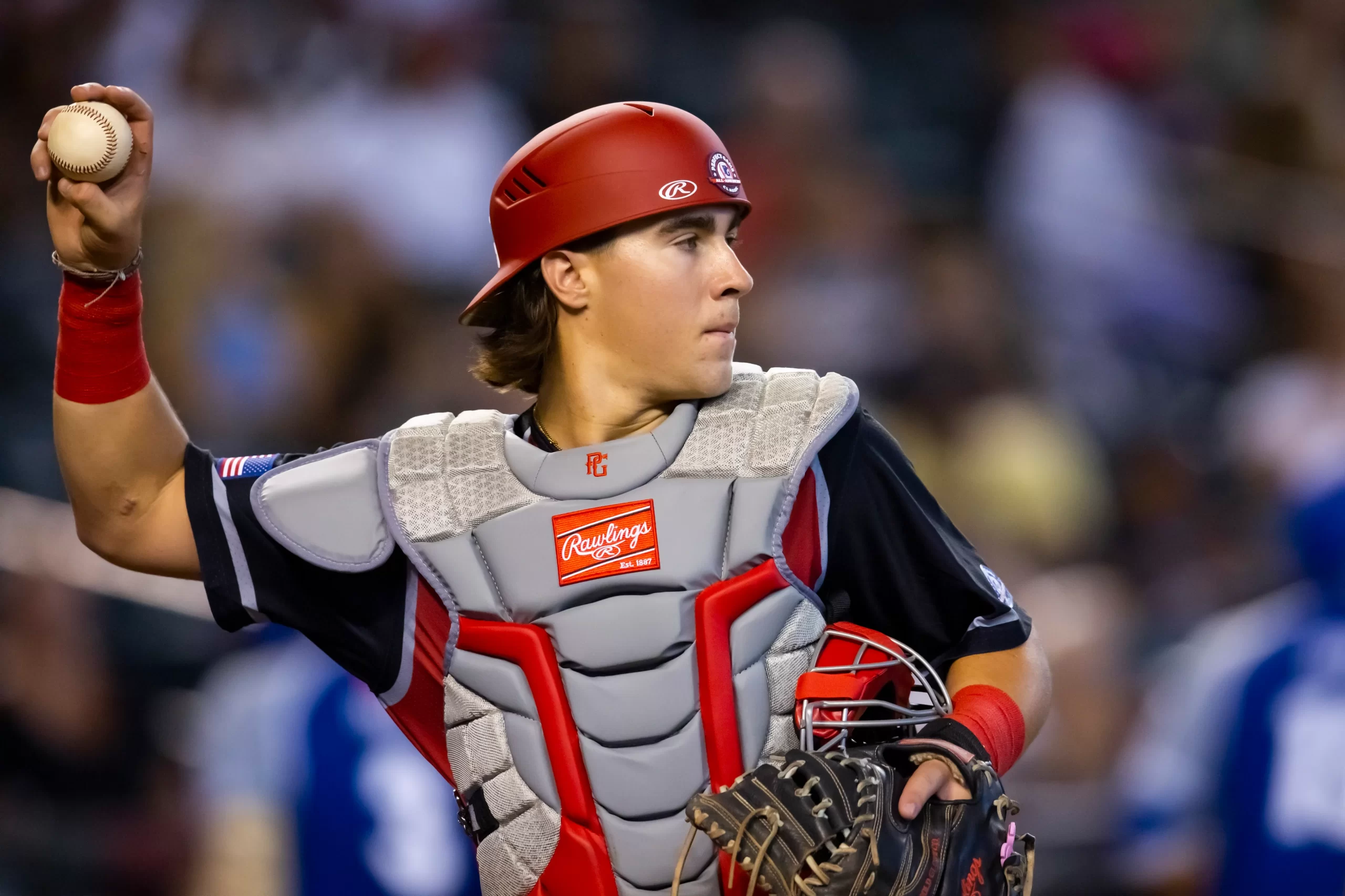
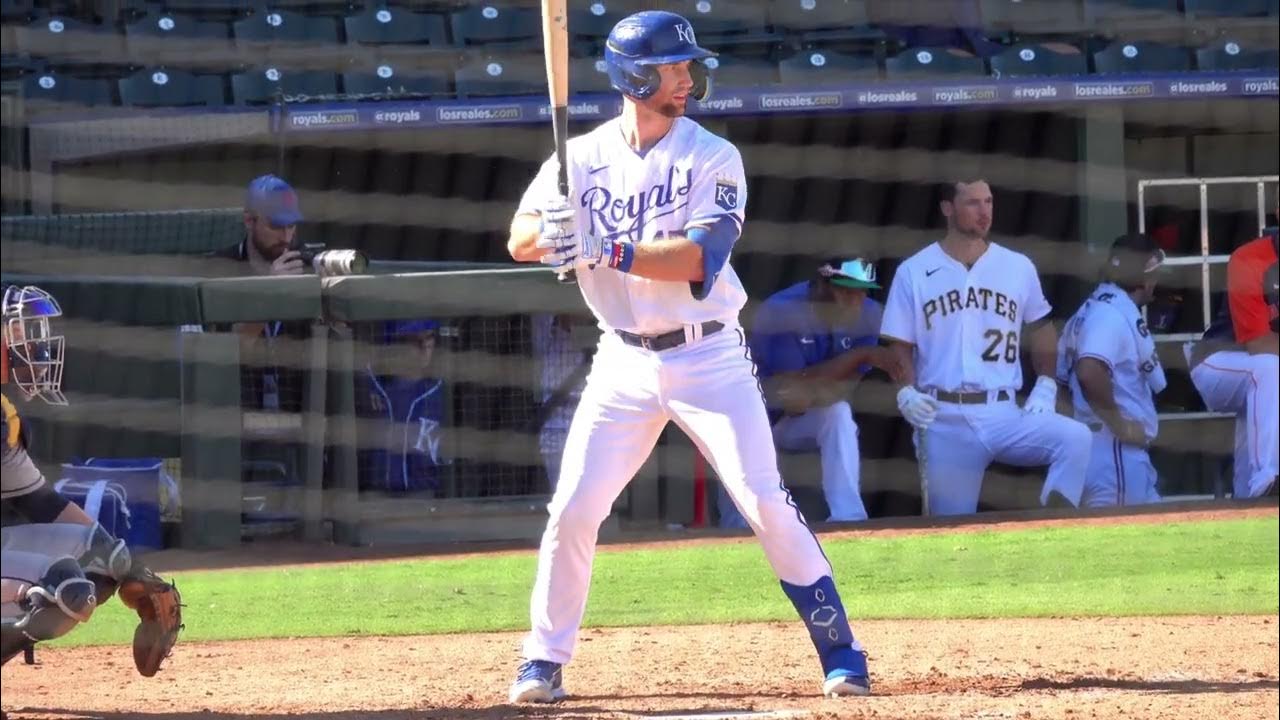

I’m a big fan of McArthur and this was a really good read. The depth of your analysis was quite impressive. Nice job!